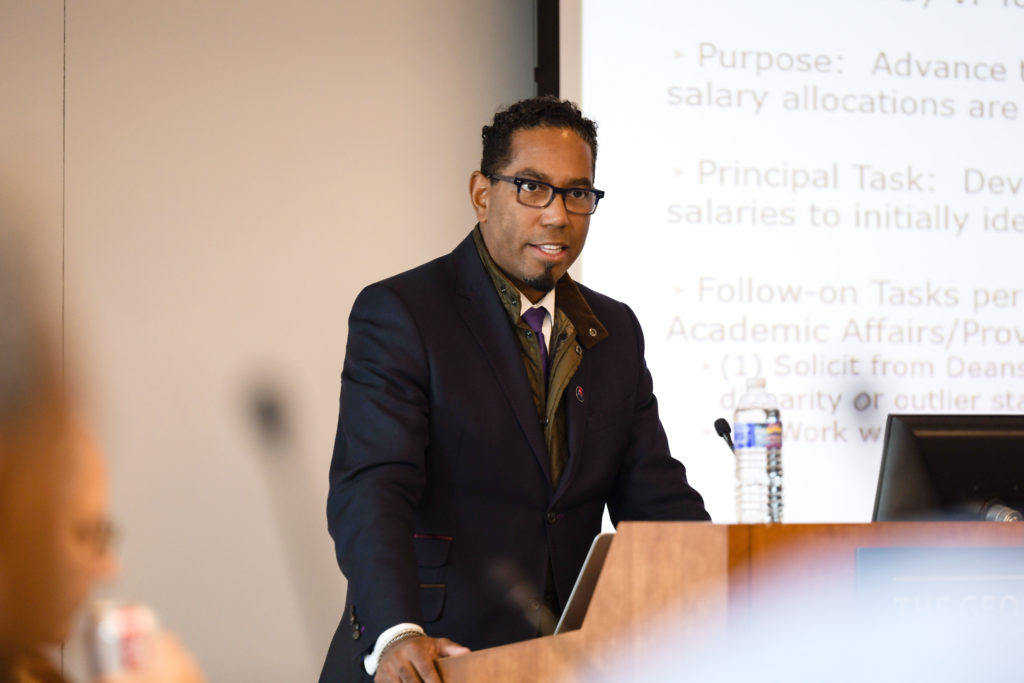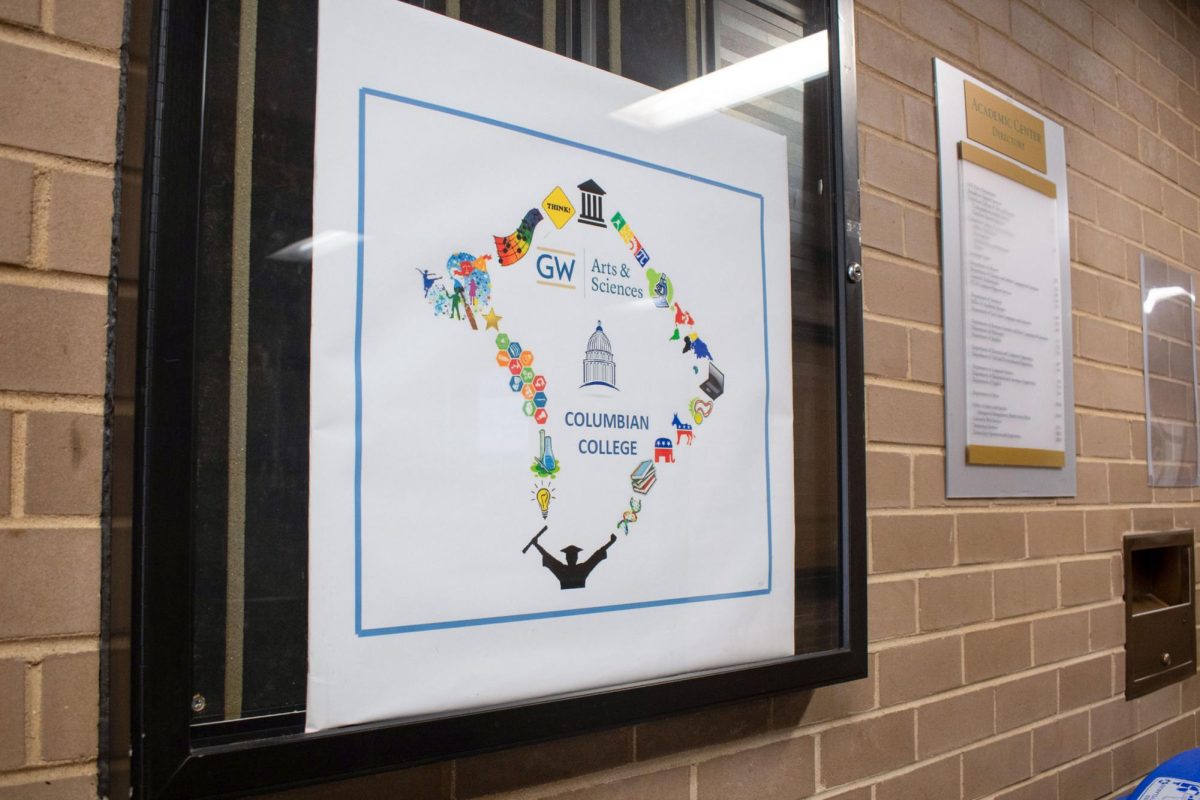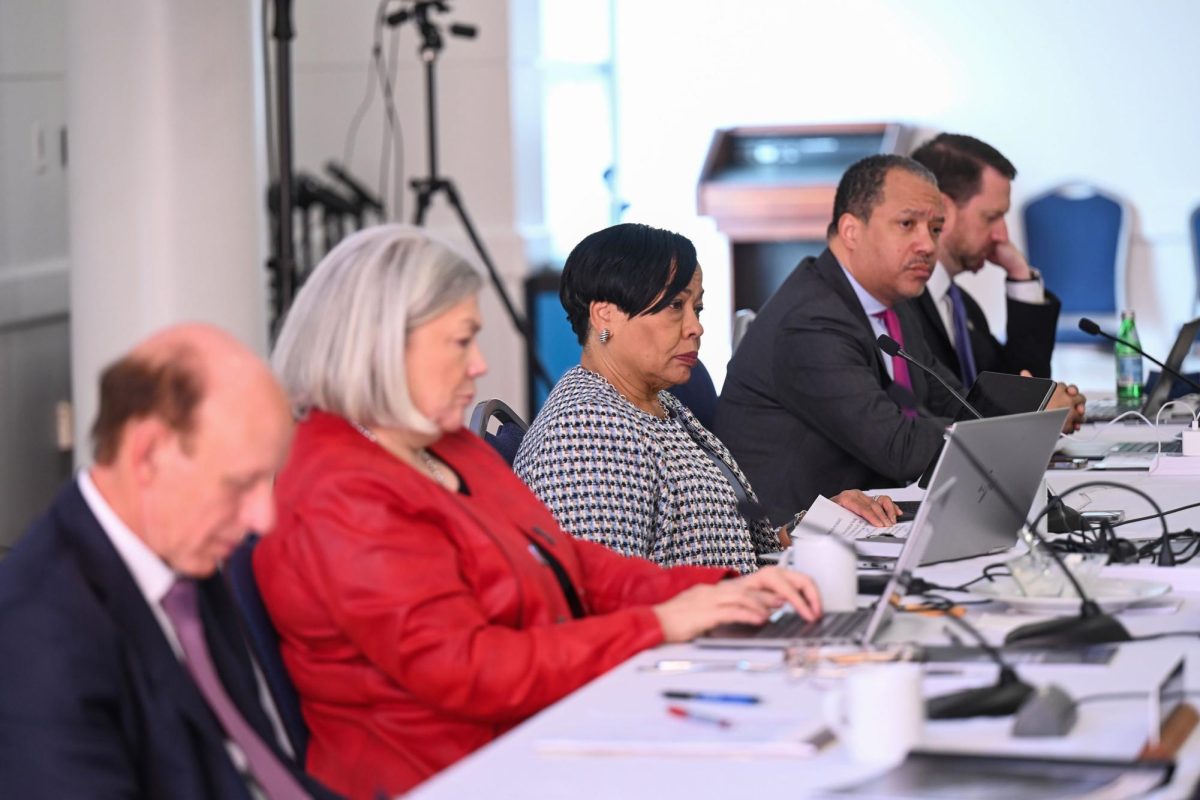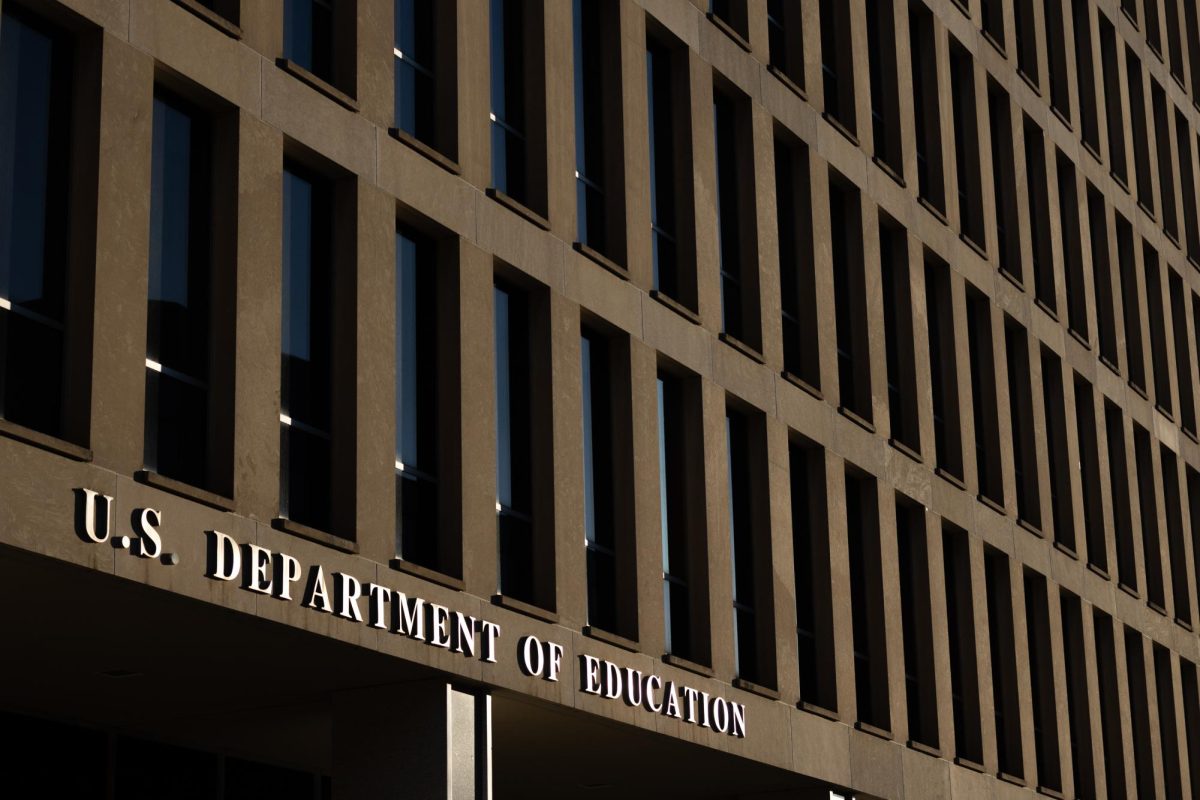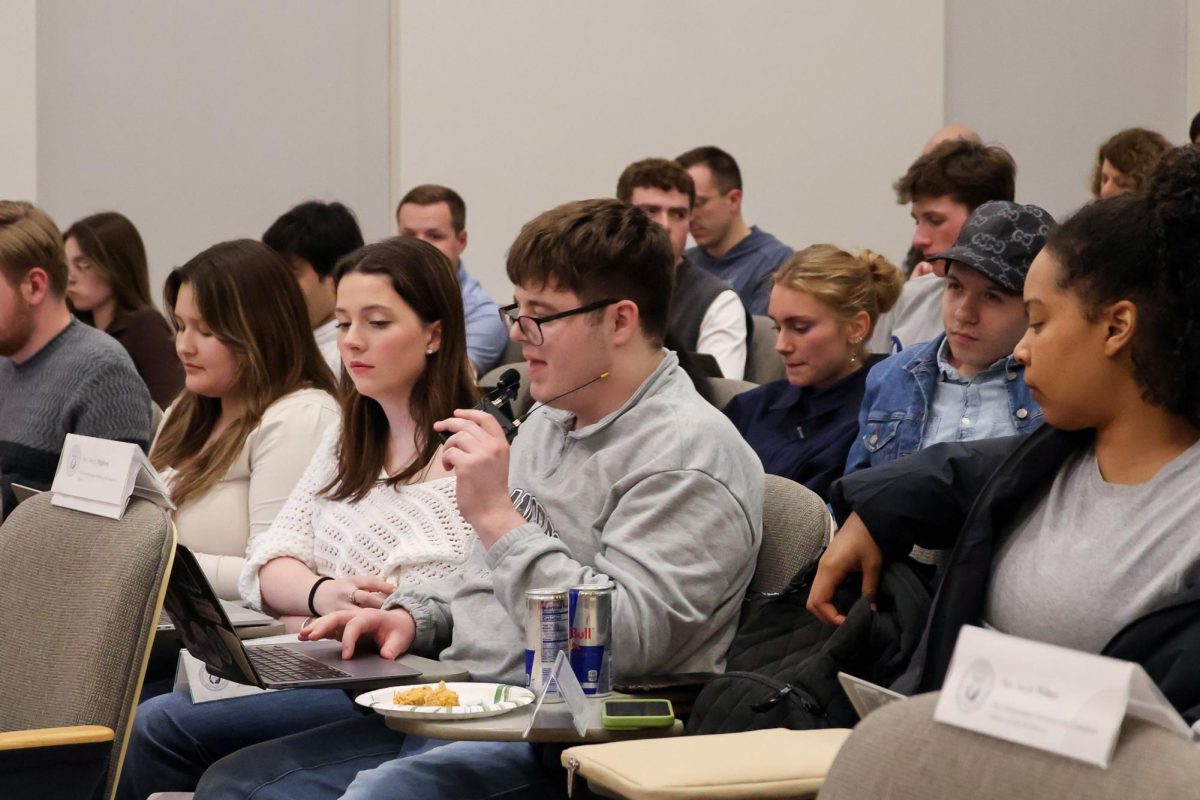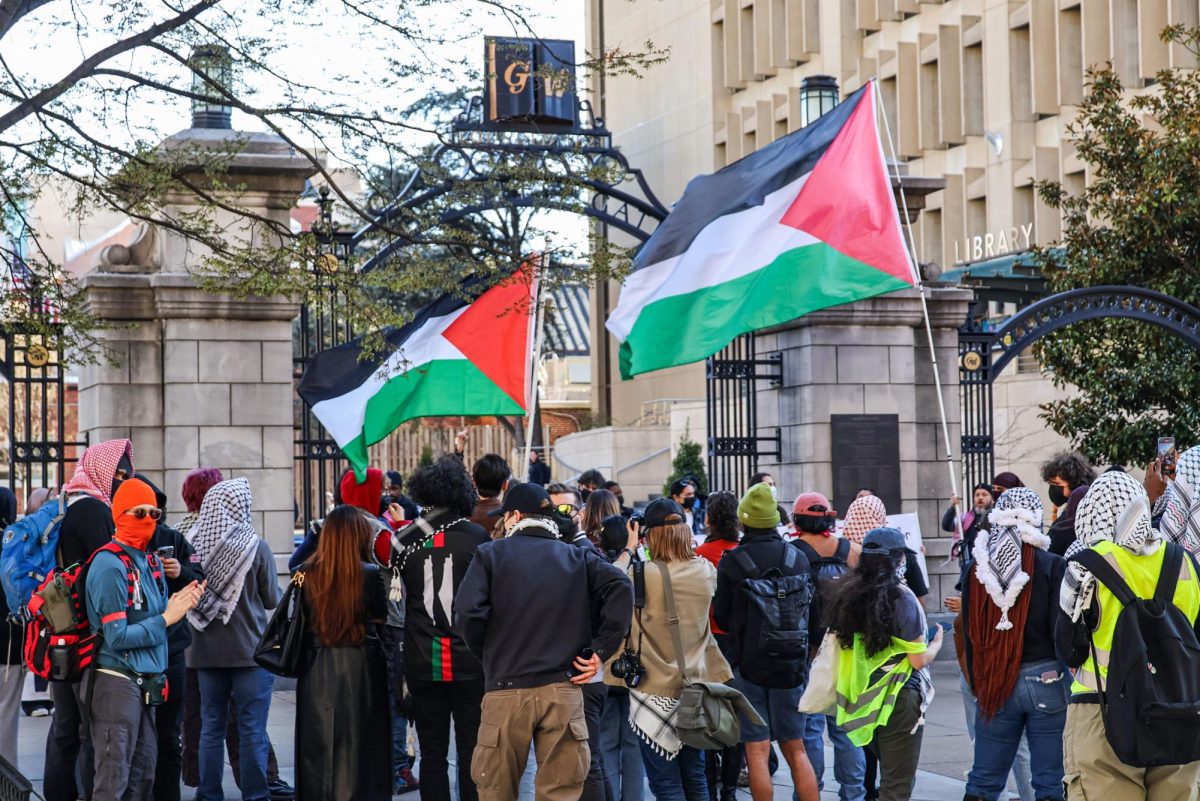Faculty and officials said the task force spearheading the University’s diversity review must take the history of discriminatory culture at GW into account to make the improvement of diversity a long-term priority.
Officials unveiled a 26-person team this month composed of faculty, students and administrators who will conduct a comprehensive review of GW’s diversity with plans to make recommendations to University leadership on how to improve campus-wide diversity next spring. Experts in higher education said the yearlong review process should consider marginalized GW community members’ voices and should make plans to continue holding town halls, surveys and listening events after the review process is slated to wrap up next spring.
Last January, then-University President Thomas LeBlanc and then-Provost Brian Blake announced an external diversity audit that an outside firm would conduct to research faculty composition, financial aid packages and police engagement. But Provost Chris Bracey reversed the plan this fall, charging the Office of the Provost with conducting a comprehensive diversity review over the next year.
“The review aims to amplify the voices and experiences of all members of our community,” Bracey said in an email earlier this month. “It will include an assessment of current policies and practices, focus groups and interviews and an external review by a selected board of scholars leading this type of work nationally.”
The task force is composed of 12 administrators, 10 faculty and four students, including SA President Brandon Hill and SA Vice President Kate Carpenter.
Stephen Forssell, the director of the graduate program in LGBT Health Policy and Practice and a member of the task force, said the internal review team understands past discriminatory incidents at GW and wants to make “cultural changes” when it comes to the University’s diversity. He said because the internal review teams members have long tenures at GW, they have institutional knowledge of the University, which can help them accurately assess diversity standards.
“We know a lot about what’s going on, so we can provide an awful lot of perspective – they’re very specific about us,” he said. “You know one of the key foci here is to get faculty truly involved in the process and students as well.”
Forssell said the task force has already met during this academic year and reviewed student and faculty racial and gender makeup, but members will meet more this spring and summer to discuss their long-term plans. He said the review process is “ongoing” and will continue past when the task force has made its final recommendations, but officials should continue to evaluate and improve GW’s diversity.
“When we see the antisemitic comments, we see the racist things that go on that violate students, we can’t ignore those things when we’re talking about creating an environment that’s safe for everybody,” he said.
The review follows a string of racist incidents at GW – in separate incidents in 2018 and 2019, sorority members posted racist images to Snapchat, and in 2020, a white professor admitted to having claimed a Black identity for years. Students said the repeated racist incidents at GW had become “exhausting,” pushing them to turn to the Multicultural Student Services Center or the Office for Diversity, Equity and Community Engagement for a safe space on campus.
Former University President Thomas LeBlanc used an analogy to shooting “all the Black people here” when discussing divestment from fossil fuels in 2020, and a white professor said the N-word in a class on anti-racism in STEM education last month.
Members of the Tau Kappa Epsilon fraternity reported that a Torah was desecrated after their house was broken into in the fall as part of a series of antisemitic acts across campus in recent years.
A faculty member also denied a student’s service dog from class earlier this spring, leading more than 4,000 people to sign a petition calling for the professor’s termination.
The Columbian College of Arts and Sciences authorized a search for 12 minority faculty last summer in subjects like criminology, race and mental health disparities to bolster diversity among its professors. The move came after more than 1,000 faculty and students signed a petition last year, calling on officials to “cluster hire” minority faculty members and increase funding for the Africana studies program.
Hispanic and Black undergraduate students at GW have also remained about 10 percentage points below the national average of college-age students, according to 2015 data from the National Center for Education Statistics.
Higher education and diversity experts said the review must focus on changes in enrollments, listening events and faculty makeup and ensure the most diverse set of voices can make recommendations to improve diversity.
Michelle Boettcher, an associate professor of higher education and student affairs at Clemson University, said the diversity review team should consider past incidents of racism at GW and racist policies like the exclusion of Black students under former University President Cloyd Heck Marvin while conducting the review. She said the review can help address the racist history of GW through research and acknowledgment of historic discrimination.
“The history of higher education in this country was not designed to be diverse,” she said. “It hasn’t been developed to be inclusive, so there is a whole bunch of remodeling and rethinking that needs to happen.”
Boettcher said improving the University’s diversity is an ongoing process that should be “cyclical” and repeated in future years and can also include marginalized voices not on the task force in conversations on website forums or in town halls.
“In a sense, we all have agendas,” she said. “We all have goals that we’re working toward, so how many of those pockets and communities can you tap into?”
Rebecca Clothey, an associate professor of education at Drexel University, said diversity reviews can help understand what voices are “missing at the table.” She said if GW has predominantly white and male officials, then the task force should include marginalized voices in its discussions on how to improve diversity.
“Finding out how people feel what kind of incidents have happened that made them uncomfortable and having an open conversation about it and the task force can only do that by talking to the relevant people,” she said.
Marybeth Gasman, a distinguished professor of higher education at Rutgers University, said the task force should be representative across racial and ethnic, gender, sexuality and age groups. She said the large variety of voices can help assess where power is concentrated among the community and encourage discussions on how to increase diversity in positions of power.
“They should be asking who has the power and how are they using it to empower others, and more importantly, how are they using it to include more people in decision making and to bring in more voices,” she said in an email.
Nik Camargo contributed reporting.


